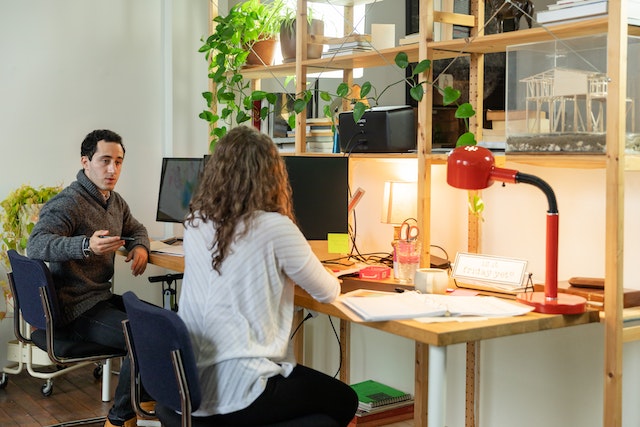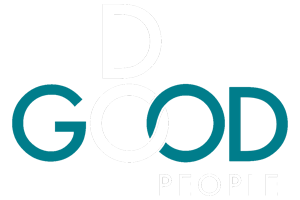Building a sustainable workplace is a key step into embedding sustainability to every corner of the organization, which, in turn, is the only way to ensure a bright future for the business.
The future of any organization depends immensely in its ability to adapt to the current, and today, that means sustainability.
And since people are a key pillar to any company, including in the realm of sustainability, it is of utmost importance to translate the latter into employees’ work and motivation.
Here is how and why companies should strive to build a sustainable workplace for their employees’ and business’ future and wellbeing.

Why build a sustainable workplace?
People are an essential part of any business strategy, including sustainability initiatives. Managing employees’ wellbeing, knowledge and motivation in regards to their role in the sustainable strategy of the company is key.
Engaging employees in sustainability and creating a green and safe workplace is what, overtime, makes sustainable practices the way of working for everyone.
The growing social awareness and pressure together with institutional actions to fight climate change and social inequalities needs to be addressed by all organizations; and such changes (for the better) need to become a common lived experience by all employees for it to succeed.
Engage employees in the sustainability strategy
How to build a sustainable workplace
A sustainable workplace is characterized by the sustainability approach or behavior to every task, action, or interaction between each employee with others and within their individual jobs.
But how can companies start building such an environment within their workplaces? Well, the first and most important element in this equation are employees. Here are a few actions business can take to start building a sustainable workplace:
In technology we trust
Using technology to meet sustainability goals is one of the most common approaches companies take to improve sustainability strategies, this could indeed include improving workplace sustainability.
Digital innovation carries great potential, specially for data collection and management. Such technologies can further ease employees’ understanding and management of sustainability within their everyday tasks.

Sustainability training for all
Upskilling and reskilling employees is a common practice in all companies, and a very important one. Sustainability could and should also be part of such training, both in its own and integrated in other training.
That being with training in technological skills, leadership, or otherwise, there should be room to implement sustainability elements to help change employee behavior towards a ‘sustainable bias’.
Learning sustainability beyond the workplace
Although we spend a great deal of time in our workplaces and with our colleagues, there is no better way to learn and implement certain pieces of knowledge than in our day to day, in our homes, and within our personal lives.
This is where sustainability softwares come into place, as a perfect tool to help employees, at all levels of the company understand and practice sustainability beyond the workplace.
Employees, far from being indifferent from participation in sustainable efforts, look for the opportunity to be actively engaged and find purpose in having a positive impact through their jobs.

In DoGood we believe that working collectively can help us find that which alone may seem unattainable or useless. That is why we think the workplace is the perfect environment to find that collective eagerness to make a difference, both for the sustainability and purpose of the company and a more sustainable way of being for all.
Through our technology we are able to activate and track employees’ impact, creating engagement that translates into improved ESG metrics, reputational value and an overall positive impact for the environment and society.







